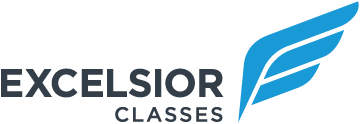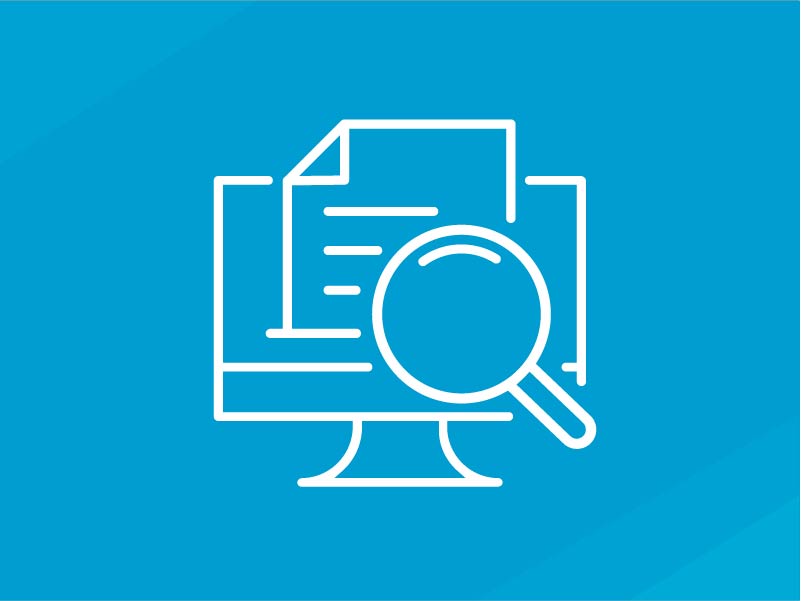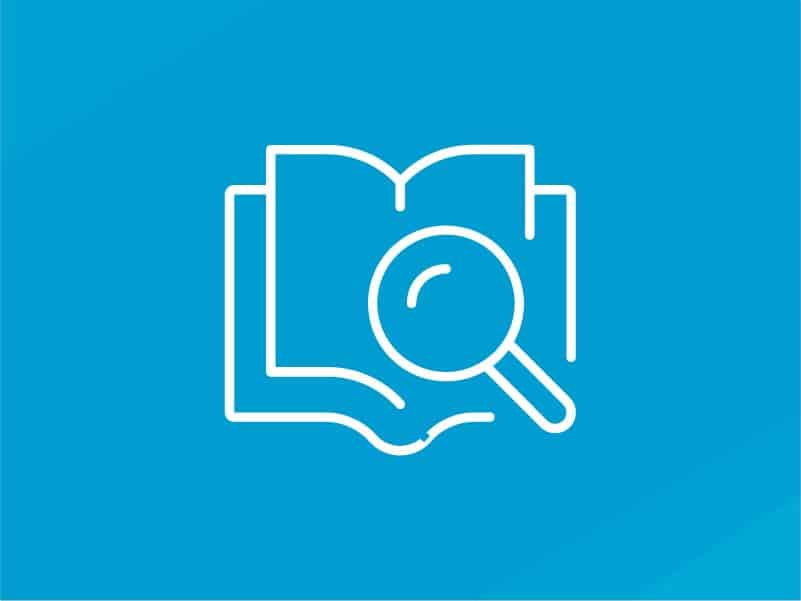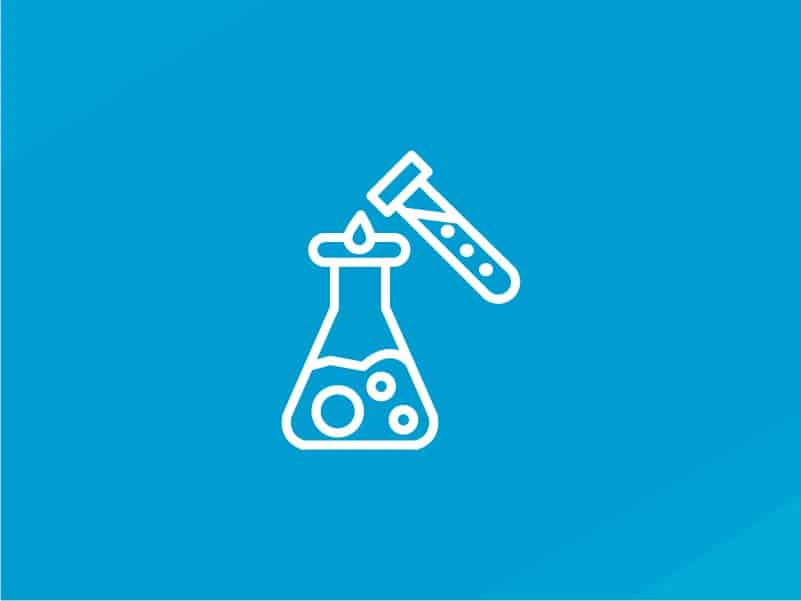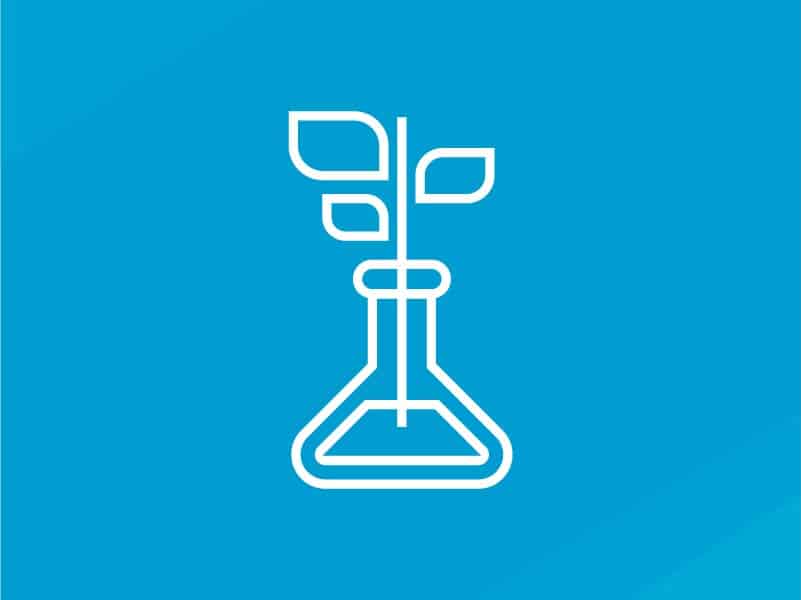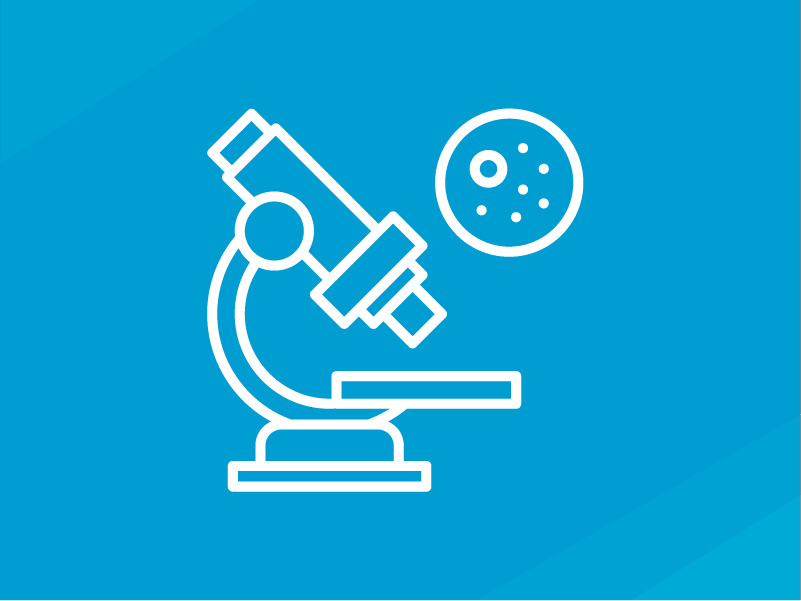In this year-long survey course, students will study world history from Creation to the present, approaching the study of history from a broadly Christian perspective. Using our textbook as the foundation of the course, history will come alive as students read selections from many key figures of the past, from Homer and Augustine to Marx. These sources and others will be available in our LMS and/or online. Students will complete assignments based on readings each week. In addition to these weekly assignments, other coursework such as projects and class discussions will allow students to share their ideas about events and people that have shaped world history. This course will also include several short writing assignments based on common readings and one short research paper (due in the spring). Important skills that students will learn in the research process are critical thinking, finding primary and secondary sources, conducting research and note-taking, developing and defending a thesis, and writing a history research paper.
Research Writing for Beginners – (A to Z for Research Papers) – FALL
Writing papers is an inevitable part of academia, and mastery of the form is critical for success regardless of intended field of study. It is not sufficient to be able to write a thesis statement and have strong topic sentences; students must also be able to use outside sources to develop ideas. Many students cringe when they hear the words “research paper,” but there is no need to fear!
In this introductory course, your student will practice and develop the skills necessary for conducting, managing, and presenting research. This course uses an incremental approach by beginning with guided research and gradually increasing skills and concepts to the final extended research paper. The teacher serves as a writing coach, guiding students every step of the way.
Skills learned in this class include choosing a topic, writing a thesis, conducting research through both primary and secondary sources, evaluating sources, using both paper notecards and electronic notecards, editing drafts, and compiling documentation. Students also will learn the most up-to-date methodology for MLA form. The Modern Language Association regularly publishes new editions, and your students will learn precisely what to do as dictated by the most recent update. Students will also learn to use APA form and will have a brief introduction to Chicago style.
Religious History of America
ASL II – FULL
Bonjour! Did you know that over 200 million people in over 50 countries speak the French language? And did you know that French is the official language of the United Nations, NATO, the International Red Cross and the Olympic Committee? It’s true! In fact, you probably already know some French words and phrases that are commonly used in English today: chauffer (driver); chef (cook); déja vu (already seen). How many times have you said “excusez-moi” (excuse me)? In this course, we will work on building your French foundation by focusing on four key areas: listening, speaking, reading, and writing. A variety of methods and resources will be used to encourage conversation, exchange of information, and expression of feelings, emotions, and opinions in written and oral French. French will be used as much as possible in order to create a fun and immersive environment; however, English will be used to explain grammar and to introduce cultural concepts. Use of an online textbook will provide you with continuous access to native, audio files, songs, and flashcards, as well as, cultural videos. What are you waiting for?! Allons-y!
Algebra I – GROUP 3
Topics included in this course include writing, graphing & solving linear equations & inequalities, systems of linear functions, quadratic equations, exponential functions, polynomial equations, factoring, quadratic equations, radical functions & equations, data analysis, and how to use a graphing calculator. While students will learn the “step-by-step” methods of solving equations, they will also be given real world math problems and use reasoning & logic to make conjectures. This is a rigorous Algebra I course intended to prepare students for further levels of mathematics as well as Science courses that utilize Algebra I. Students interested in AP exams will gain a solid foundation of mathematical understanding that will support further studies that could lead to AP Calculus and the AP exams, should that be the student’s goal.
All Excelsior math instructors will be utilizing the Middle School & High School Big Ideas Math curriculum written by Ron Larson, Ph.D. and Laurie Boswell, Ed.D. This material will prepare students for upper level and college math classes. Students will have access to a digital platform that has many tools to facilitate learning. The material Excelsior Classes math classes will use is not common core aligned.
Parents and students can expect weekly homework assignments, weekly quizzes, chapter tests, a midterm and final exam.
Before registering, math students new to Excelsior Classes math classes should use these instructions and take the Algebra I Readiness Assessment. (The answer key may be accessed here. See prerequisites for more information.) While this course is typically done in the 8th grade (mature) or above, ability to do the work is more important than age or grade. The purpose of this assessment is to ensure students are well placed in Algebra I. If you have any questions about the results of the readiness assessment, please contact the instructor. Please know our goal is to set up your student for math success.
This class meets twice per week. Each meeting is 60 minutes. Regular, live attendance is strongly advised.
NOTE: As in all Excelsior Classes courses, math class instruction is tied to the curated syllabus, and the teacher will teach to the syllabus and not to a particular skill set of a student. In other words, the teacher cannot sacrifice content and expectations overall for an individual student as we need to stay in alignment with educational goals, class participant expectations, and NCAA approval of our courses.
Film as Literature
Which is better—the book or the movie? Neither one! Each is a separate artistic medium with its own merit.
Since the early 1900s, filmmakers have adapted literature for the movie screen. The practice of turning literature into movies is so common that there has been an Academy Award for Best Adapted Screenplay since 1928, and nowadays about 75 percent of films that win Oscars have been adapted from written texts.
Studying film adaptation helps students to become more skilled in literary analysis, encouraging them to think deeply about concepts such as theme, characterization, and plot structure. It also helps students to better understand how storytelling is influenced by audience, time period, culture, and medium. In short, studying film adaptation helps us to better understand the techniques that both literature and film use to tell a story.
In this one-semester course, students will study film adaptation through a variety of literary genres (including novel, drama, short story, nonfiction and even children’s literature) and a variety of film genres (including drama, comedy, science fiction, musical, and animation). Students will be challenged to analyze the adaptations well beyond a basic how-the-movie-was-different-from-the-book comparison. They will discuss how film borrows from, intersects with, and transforms written texts; and they will examine the history, theories, benefits, and complications of film adaptation. By the end of the semester, students will have a greater understanding of the elements of literature and a greater appreciation for the art of filmmaking.
The course will rely heavily on discussion and written critical analysis. Students will watch seven movies, read the corresponding literature (including one work of the student’s choosing), and write three papers.
Chemistry – Group 3
Students will explore the fundamental principles of chemistry by comparing and contrasting matter and the mechanisms of its interactions. This course will investigate chemical reactions and the role of energy in those reactions. Topics include, but are not limited to: measurement, atomic structure, electron configuration, the periodic table, bonding, gas laws, properties of liquids and solids, solutions, stoichiometry, acids and bases and nuclear chemistry. Virtual and traditional laboratory techniques will be used to obtain, organize and analyze data. Students will develop good methods of problem-solving and proper laboratory technique.
Biology – Group 3
High school biology is a fascinating journey that will aid students in understanding what life is and how it works. Whether it is looking into the microscopic world of DNA or the vast array of animals and how they interact on this planet, students will appreciate the great design of God as the author and creator of all life. Fall semester is dedicated to microbiology and includes topics such as characteristics of life, biomolecules, cells, photosynthesis, cellular respiration, DNA, protein synthesis, and cell reproduction. Spring semester will focus more on macrobiology and includes topics of evolution and creation, classification of organisms, and study of the kingdoms of life including bacteria, protista, fungi, plants, and animals. Students will participate in labs throughout the year to further their understanding of topics. Labs will include some virtual online labs as well as some hands-on labs done at home. Students will also learn how to write a lab report and will turn in several of these lab reports throughout the year. Students will be tested over approximately 9 units over the year. For each unit presented the fall semester, students will be given a note packet specifically for that unit. Students will complete note packets by coming to class and filling in missing information in the notes as it is presented by the teacher. This allows students to be able to see what information is most important to know and to then concentrate on what is being taught while filling in some notes. This not only relieves the pressure of knowing what to write down and how to study for tests, but it also provides a good experience for students learning how to take notes. By the second semester, students will begin practicing taking notes on their own as the note packets become less complete and students are required to take more notes on their own.
Introduction to Science
Introduction to Science is a hands-on study of the world that God created. Students will learn about the human body, cells, photosynthesis, ecosystems, nature and physical science concepts through colorful, easy to read texts, videos, experiments and observations. The process skills of observing, comparing, inferring, predicting, evaluating and applying the scientific method are emphasized. Interpreting […]
